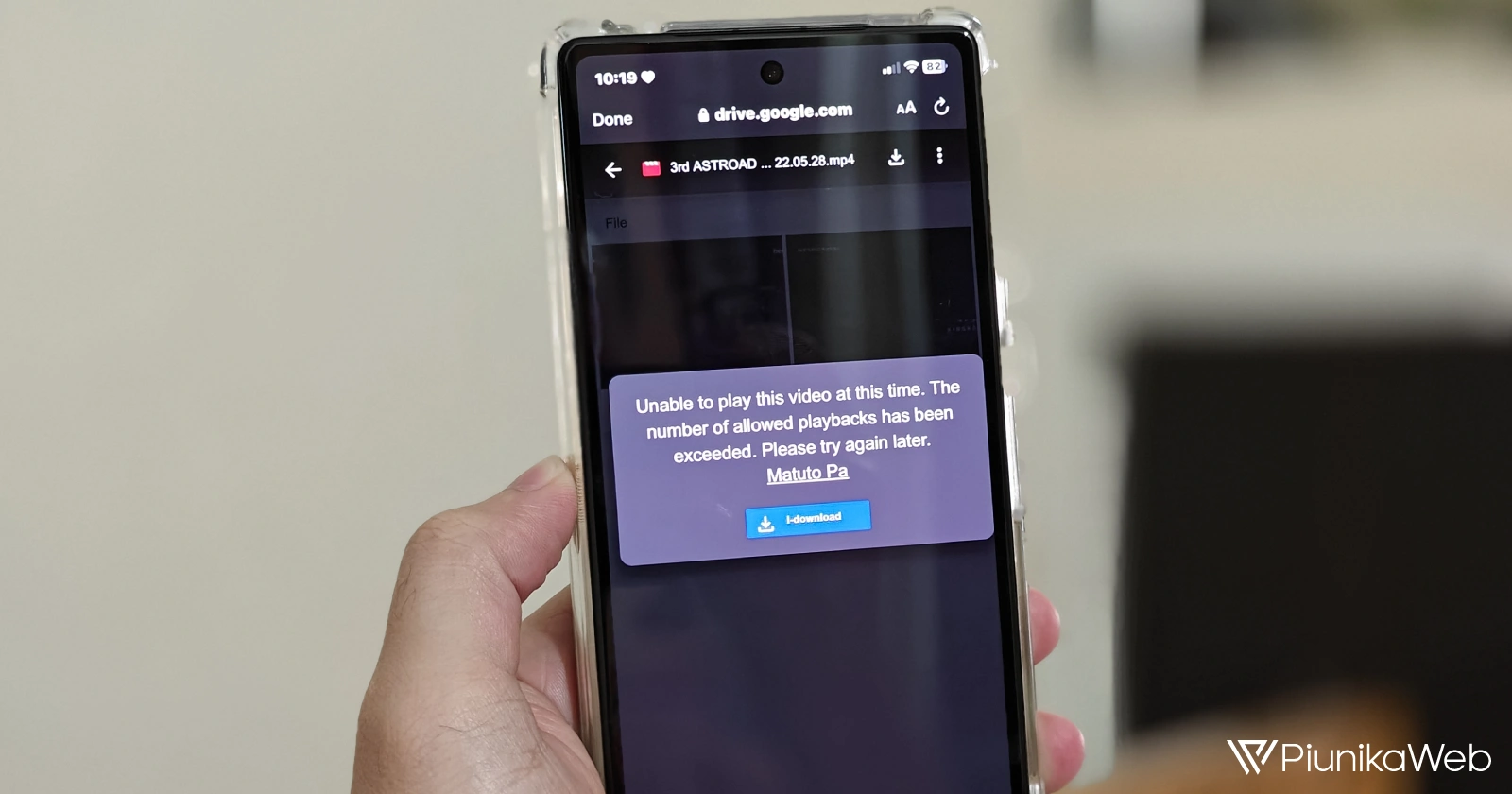Here’s the crux of the article in video form:
YouTube’s latest policies regarding AI-produced content state that creators must make it clear when realistic content has been altered using AI tools. That said, Google’s own Pixel devices (especially the latest Pixel 8 series) include several AI-powered editing options among their main features.
So, there are people who have wondered if the content generated using the Pixel 8 series AI-editing capabilities should be categorized as ‘synthetic content’. If you’re one of those questioning whether content produced through the AI-editing capabilities of the Pixel 8 series should be labeled as ‘synthetic content,’ this article will delve into what is currently known on the matter.
Should you label Pixel 8 AI-produced content as ‘synthetic content’ on YouTube?
A few days ago, YouTube team published their policies regarding AI-produced content, for responsible use of these tools. It should be noted that these policies are still in the ‘early stages’, since AI has exploded and taken over the world so quickly and they will be modified as the situation develops.
According to the post, creators have to “disclose when they’ve created altered or synthetic content that is realistic” which basically includes all content that “realistically depicts an event that never happened”.
Taking those phrases into account, some might have doubts about whether the Google Pixel 8 series AI-produced content should be labeled as “synthetic content”. After all, features like “Magic Eraser”, “Magic Editor” or “Best Shot” allow you to modify photos to include people or elements that were never there, or even change people’s facial expressions.
Official word from a YouTube spokesperson
To try to make things a little clearer, Jack Malon (YouTube spokesperson) told The Verge that context is very important in determining what kind of content you should label as ‘synthetic’.
The goal of this update is helping the viewer to be better informed about content that is realistic but altered — not punishing creators for using AI. If you’re using Best Shot to pick an image where everyone’s eyes are open, that’s something you could have probably done yourself by taking more photos (and likely not something you need to disclose). But if you’re using tech to make it seem like you were in a place that you actually weren’t, or altering a photo of an historic event, you’ll probably need to disclose to your viewers that you used technology to alter the setting.
Basically, features like ‘Best Take’ are safe since what it does is automate and streamline a process that you would have to do manually anyway. In this case, instead of taking multiple photos and then manually choosing one where everyone has a good-looking facial expression, the device offers you a “shortcut” to this goal.
On the other hand, if you use features like Magic Eraser or Magic Editor to create pics with realistic situations that never happened (like putting a person in a place they’ve never been, or doing something they didn’t do), then you should label that content as “synthetic” on Youtube. Why? Because being realistic content, there are people who could believe it, in addition to avoiding potential malicious deception.
The line between “synthetic content” and “natural” content is likely still blurry for some (or many). Widespread use of AI editing tools is relatively recent, so these types of policies will be updated to make them clearer as new situations arise.


